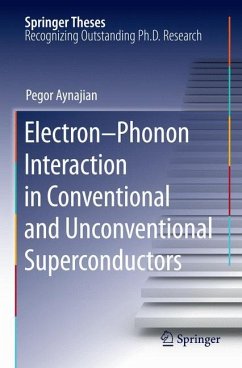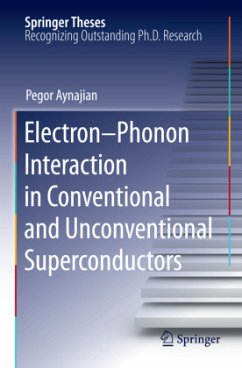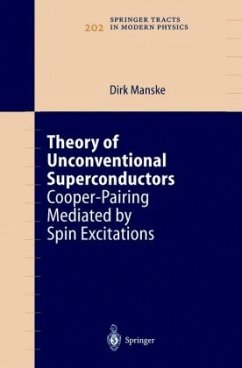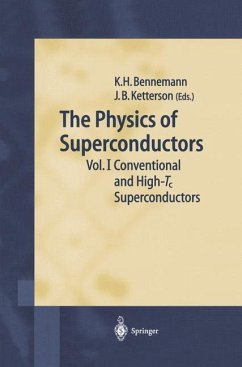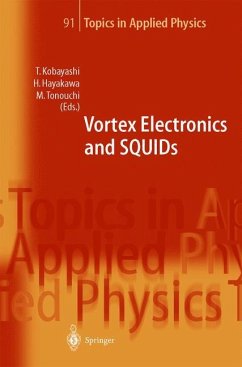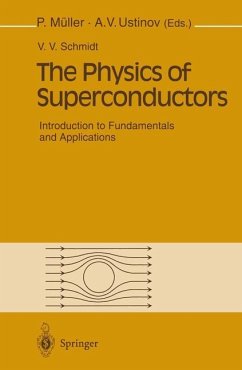
Vortices in Unconventional Superconductors and Superfluids
Versandkostenfrei!
Versandfertig in 1-2 Wochen
168,99 €
inkl. MwSt.

PAYBACK Punkte
84 °P sammeln!
The physics of vortices in classical fluids has been a highly important subject for many years, both in fundamental science and in engineering applications. About 50 years ago, vortices started to become prominent as quantum me chanical objects constructed from a macroscopic wavefunction. Here the key developments are associated with the names R. Feynman, L. Onsager, L. D. Landau, F. London, V.L. Ginzburg and A.A. Abrikosov. Recently, the physics of vortices has undergone a further important step of diversification, namely in unconventional superconductors and superfluids, which are characteri...
The physics of vortices in classical fluids has been a highly important subject for many years, both in fundamental science and in engineering applications. About 50 years ago, vortices started to become prominent as quantum me chanical objects constructed from a macroscopic wavefunction. Here the key developments are associated with the names R. Feynman, L. Onsager, L. D. Landau, F. London, V.L. Ginzburg and A.A. Abrikosov. Recently, the physics of vortices has undergone a further important step of diversification, namely in unconventional superconductors and superfluids, which are characterized by an anisotropic and/or spatially complex order parameter. It is this latest evolutionary step of vortex physics that is addressed in this book. The indi vidual chapters are concerned with the microscopic structure and dynamics of vortices in diverse systems ranging from superfluids and superconductors to neutron stars. Each of the 20 chapters is written by one or more experts on the parti cular subject. Each chapter provides an introduction and overview, empha sizing theoretical as well as experimental work, and includes references to both recent and pioneering earlier developments. In this way non-expert rea ders will also benefit from these lecture notes. Hence, the book will be useful for all researchers and graduate students interested in the physics of vorti ces in unconventional superconductors and superfluids. It may also serve as supplementary material for a graduate course on low-temperature solid-state physics.




